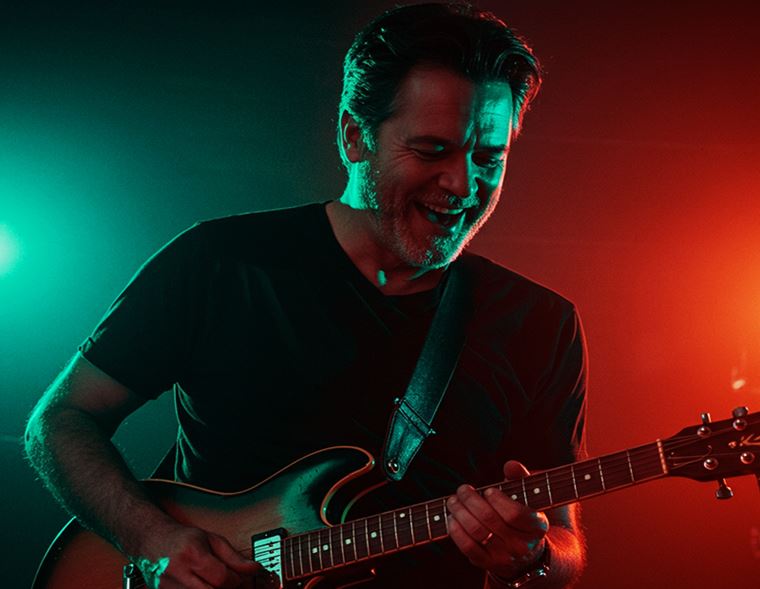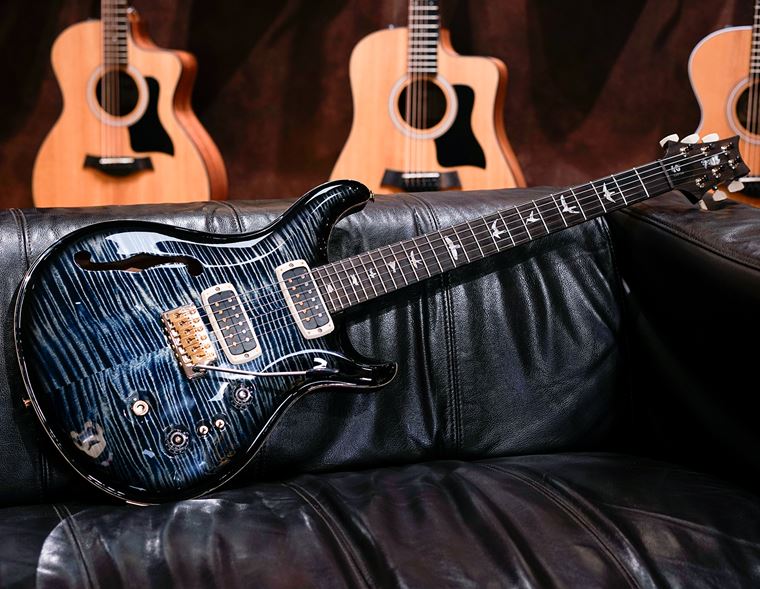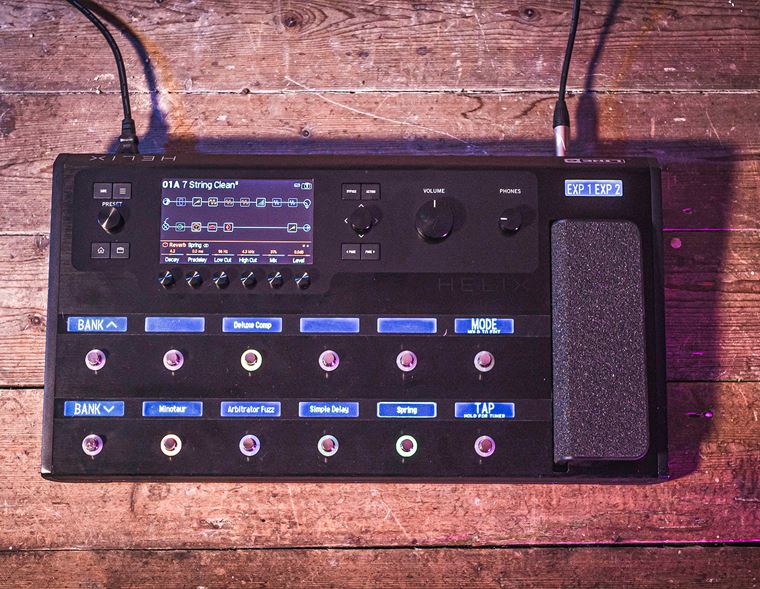Gibson Les Paul Standard: Your Guide to 50s, 60s & 70s Models
What’s the difference between a 1950s Les Paul Standard and a 1970s one?
About a quarter of a million quid.
Okay, that was a little bit facetious, but there is quite a lot of difference in market value between Les Pauls, and therefore there must presumably be some difference in their design or quality, right? There must be something intrinsically different to Les Paul models from different eras, in order to justify such vast price differences. And, for that matter, what is so different about today’s Gibson 50s and 60s Les Paul models?
Today's blog will hopefully clear all of that up for you, and leave you feeling confident and knowledgeable about Les Pauls old and new, vintage and reissue. I have decades of experience with Gibson Les Paul guitars - from owning and touring with them to selling them and handling vintage examples - and I’m happy to pass on my first-hand knowledge and experience right here for you today.
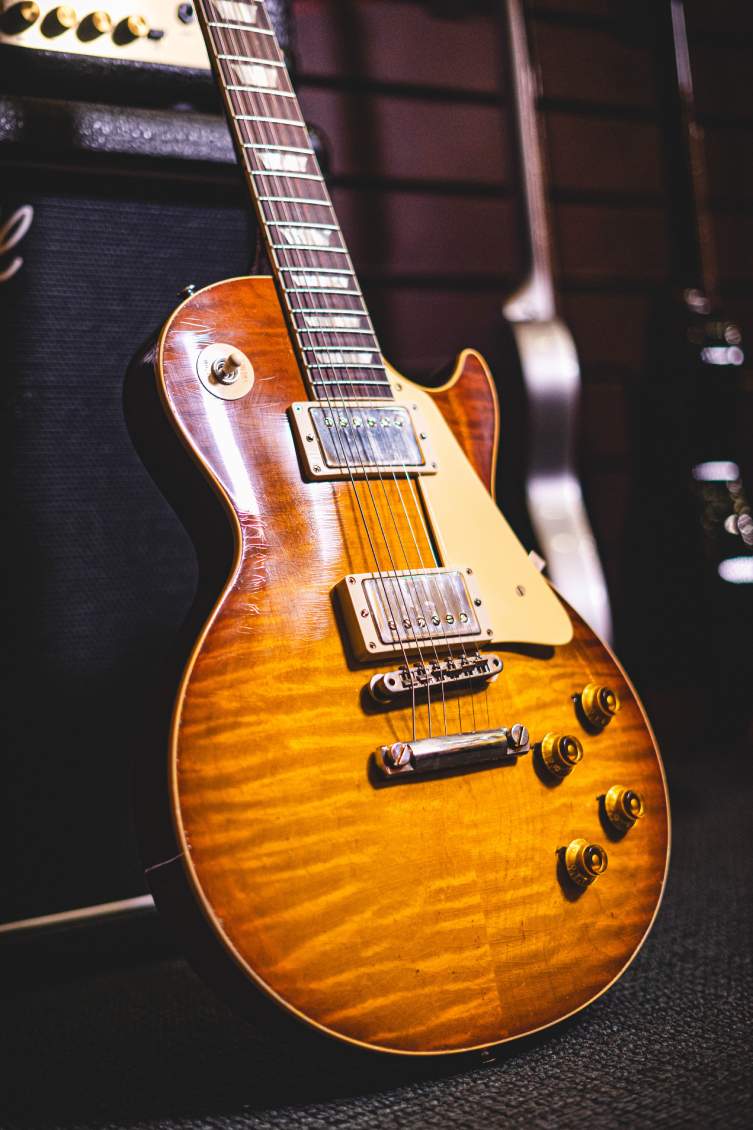
I’ll focus on the Les Paul Standard for today’s blog. Why? Well, there is just such a ton of Les Paul lore out there, it makes sense to tackle each model appropriately, as and when the subject arises. The Standard is not only the most popular, it’s the most valuable in vintage terms, so it has its own story. Including Juniors, Customs and Classics will just confuse the subject, so I’ll look at those another day. Fair?
We’ll start today with the historical Les Pauls, explaining the differences to the Les Paul Standard model throughout the 50s, 60s and 70s. I’ll then look at today’s GIbson models and share some tips on how you can choose the best new Les Paul for you. Sound good?
Contents
Historical Gibsons - The Holy Grail Les Pauls
Seventies Les Pauls - The Norlin Years
Today’s 50s and 60s Les Paul Standards
Choosing a 50s or 60s Les Paul Standard
Historical Gibsons - The Holy Grail Les Pauls
As you may know, the Gibson Les Paul first debuted in 1952, featuring a gold finish referred to today as a ‘goldtop’, and armed with two P90 single coil pickups and a trapeze tailpiece. This is actually not the Les Paul we’re interested in today. We want to move ahead to the period that spans 1958-1960, which is acknowledged as the best ever period for Les Paul Standards.
This golden age created under fifteen hundred ‘Les Paul Sunbursts’ as they were known. Apart from the dramatic and beautiful Heritage Cherry Sunburst finish, these guitars also contained a pair of PAF (Patent Applied For) humbucker pickups and a stop tailpiece instead of the trapeze. These are the holy grail Les Pauls that are forever being reissued and recreated by guitar builders, and not just Gibson!
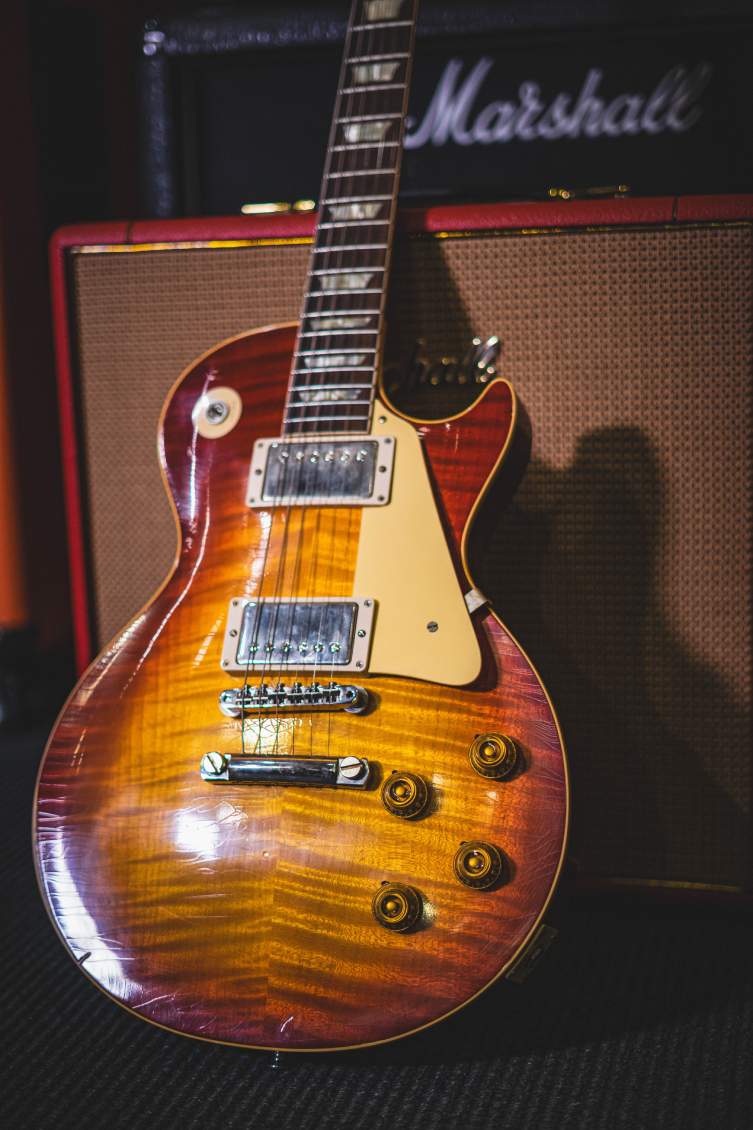
So, why are these guitars so well-regarded? It’s a few things, and those few things lead us down paths that may go beyond the scope of this blog, but here they are in short bullet-point form:
- The PAF pickups - though actually all quite different sounding from guitar to guitar - are thought of as some of the best sounding pickups in the world.
- The neck profiles are strongly referenced as being Gibson’s finest, particularly those from 1959.
- The historical value of these models due to their use by huge artists during the British Invasion and later in 70s rock music.
- Their scarcity: there were a grand total of 1406 (we think) Les Paul Standards made between 1958-60, before the guitar was discontinued. Not a lot, when you consider that most big-name guitar manufacturers can put out over 600 guitars a day!
So they are very famous, they sound great and feel excellent. Some people like a ‘58 neck (bigger) over a ‘60 neck (noticeably slimmer), and most agree that the ‘59 is not only a good middle ground but in fact the best guitar neck ever. This is subjective obviously, but enough people have agreed on this to make it a ‘thing’ in the industry, so that adds to mystique and thus to value.
Let me now tackle each decade briefly, because the timeline makes for pretty interesting reading!
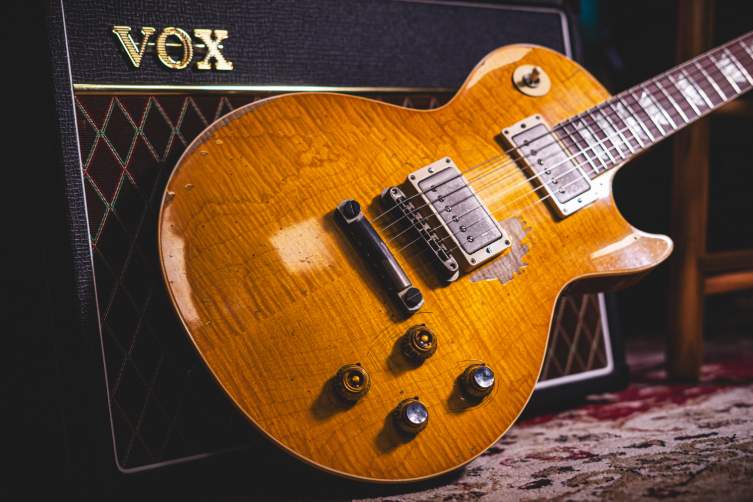
Fifties Les Pauls
Gibson Les Pauls in the fifties were all finished in gold until 1958. The Sunburst arrived at that point, (goldtops had humbuckers from 1957, alongside models with P90s) but at the time, the world was going daft for surf music and that was most definitely a Fender sound. The Les Paul Standard was discontinued in 1961, which is a crazy concept to get one’s head behind!
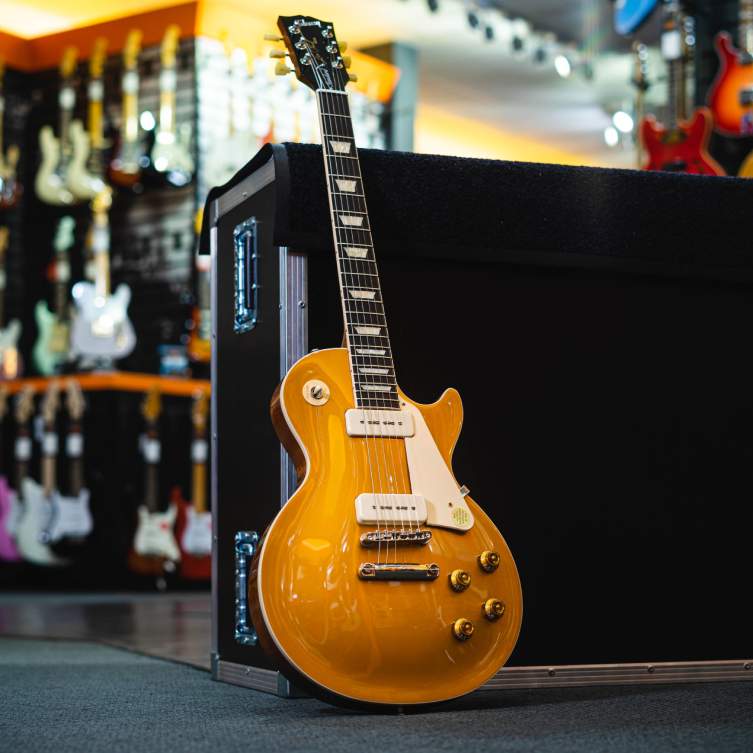
Anyway, in the fifties, there was a fair amount of inconsistency in the pickup winding process, and that’s why some PAF pickups sounded ‘better’ than others. Again, it’s all subjective, so maybe ‘different’ is a better term?
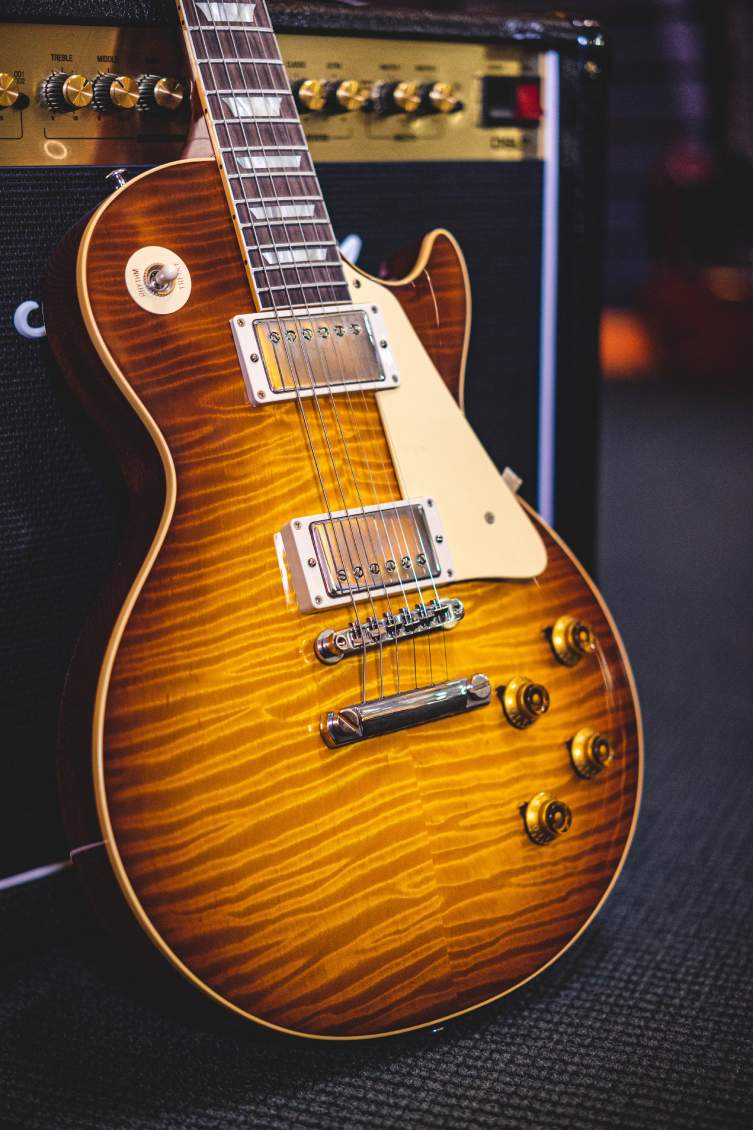
That’s actually true of the famous neck profiles as well. Despite what I’m about to list, there wasn’t a clear decision made to change the neck carve every year, it just happened gradually and sporadically. In other words, there really is no such thing as a ‘59 neck carve’, even though Gibson market things that way today. There were just necks made at that time, and some were a certain thickness or thinness compared to others. Most of the necks made in 1959 feel a certain way, but not all were like that, just as not all 1960 necks were slimmer: some felt just like those ‘59 ones, and so on. As Billy Gibbons himself says about his prized ‘59 Standard known as Pearly Gates:
“It was all guesswork back in those days. The particular day that all of the disparate elements came together was just that magical moment, I suppose.”
But for the sake of general knowledge, here’s how the necks tend to be described:
- 58 neck: the most voluminous, these are on the large side by anybody’s reckoning. They are the necks approximated (not copied) on today’s 50s Les Paul model.
- 59 neck: the most desired, this one is more obviously ‘C’ shaped than the 58, which has more ‘shoulders’ in the carve, if you follow me. The defining ‘59 neck carve is still substantial, and actually quite distinctive to the hand feel.
- 60 neck: slimmer than either of the other examples, but ‘slimmer’ is relative: this is still a substantial neck when compared with something like an Ibanez Wizard neck, or a Fender Modern C neck. It is generally shallower than a 58 or 59, and the ‘C’ profile is a little less pronounced.
That’s the profile, but what about neck angle? From what I can gather, Gibson did actually consciously decide to change the angle in which the neck was attached in 1960. Now, lots of people say that the neck angle affects the tone - the steeper the neck angle, the brighter the tone - and whilst I can’t fully subscribe to this out of a lack of comparative experience, there is enough out there to suggest that 1960 Les Paul Standards have a more aggressive, brighter, less compressed tone than those from 1958.
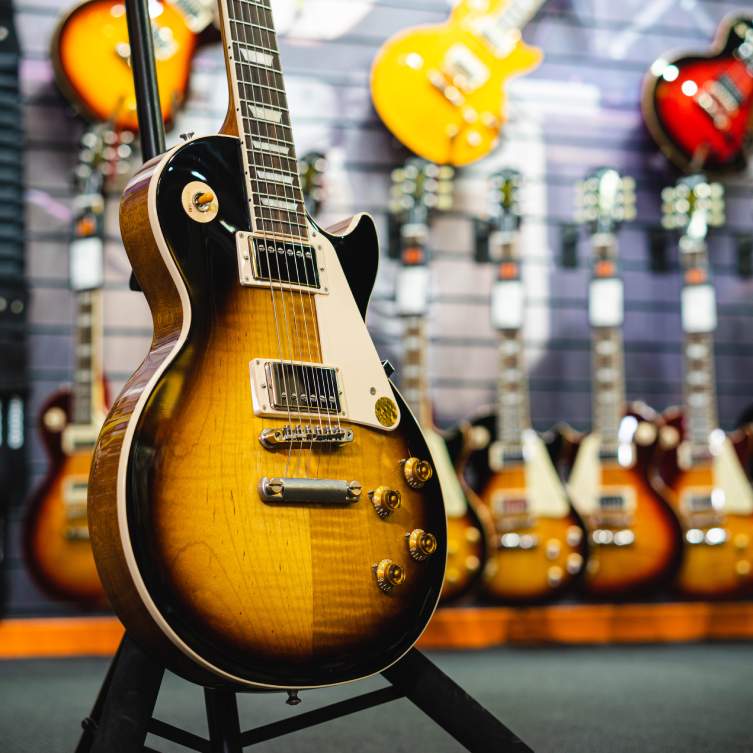
Aside from the necks, the general design of the Les Paul Standard during this period remained largely the same:
- One-piece Mahogany body, the weight of which did vary.
- Chunky figured maple top, normally a two-piece ‘bookmatched’ top, with wildly varying levels of figuring and flaming.
- Mahogany set neck, with a backwards pitch.
- Rosewood fingerboard with trapezoid inlays
- Two PAF humbuckers with nickel covers.
- Tune-o-matic bridge and stop tailpiece.
That’s the basic blueprint of the legendary Les Paul Standard. So, what happened in the sixties?
Sixties Les Pauls
The 1960s must’ve been a pretty quiet time in Gibson’s Kalamazoo factory, because their Les Paul Standard guitar was discontinued for 15 years! Indeed, guitarists of the time found the Les Paul Standard to be expensive, heavy and old-fashioned compared to Fender, so in 1961, the Standard was replaced by the SG. That was it for a few years. As we know, Keith Richards started playing his ‘59 Standard in 1965, followed by Clapton, Beck, Green and the rest. That’s a tangent, though, but suffice to say that the Les Paul was back by the late sixties.
That said, the model wasn’t actually put back into full production until 1976, which sounds hard to believe! Reports suggest that a ‘soft release’ (not sure what that means apart from lower numbers made and less press/promotion?) occurred in 1972.
So, 1961-76 were wilderness years for the Les Paul in terms of new guitars being made. Thing is, though, we get plenty of modern day 60s-inspired models, so these must be based on the 1960 models, right? It certainly seems that way, because of course, all of the British Invasion guitarists and other rock stars were playing Les Pauls from between 58-60! A small number were made in 1961, and the slimmer neck on those (same as the 1960 examples) may be the inspiration for today’s 60s Les Paul Standard.

Also, 1960 examples were known for their brighter, more aggressive tone. This could be due to the slightly greater neck angle (mentioned earlier), but could also be the result of slightly different magnets and winds in the pickups, even if they were the same on paper. Regardless, the shorthand used today is that 50s Les Pauls were warmer and creamier, and 60s Les Pauls had more bite.
Seventies Les Pauls - The Norlin Years
Whilst there were plenty of other Les Pauls around in the 70s - the mini-humbucker’ed Deluxe immediately springs to mind - the Standard didn’t make a solid return until 1976. By this point, Gibson was under the control of the Norlin Musical Instruments company, and changes were being seen across the board.
One-piece mahogany bodies were now multiple pieces glued together; single piece mahogany necks were now multiple-piece maple necks (with added volute behind the headstock) and the PAF pickups had been switched out for more aggressive T-Top humbuckers.
There was also the phenomenon of the ‘pancake body’, otherwise called ‘crossbanding’ by Gibson. It basically meant that a guitar’s body had a thin slice of maple in the centre, sandwiched by slabs of mahogany on either side. This lasted until 1977, when popular opinion necessitated the end of such a practice.
Numerous other oddities prevailed in the Gibson catalogue until the mid-80s when a new owner and the start of the Art & Historic department began to fully understand and celebrate the greatness of the brand’s glory days.
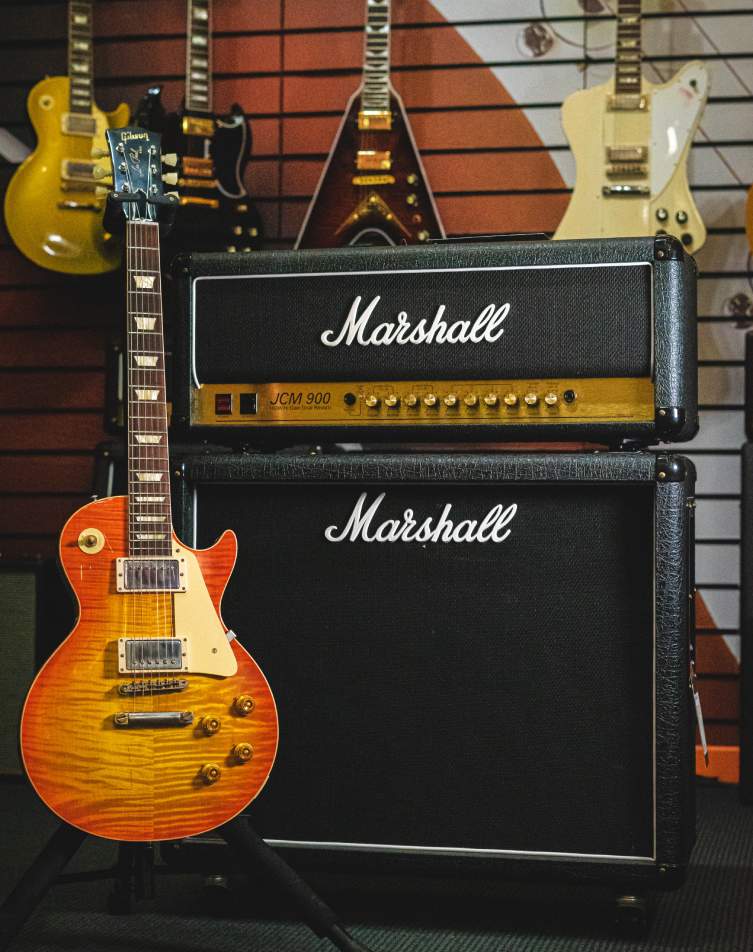
Today’s 50s and 60s Les Paul Standards
That covers the most dramatic decades of the Les Paul’s life. Today, there are many, many varieties to choose from, and that’s just from Gibson! Central to all of their activities is still the Standard, which currently comes in both 50s and 60s guises. You can have ‘Figured’, ‘Plain Top’ and ‘Faded’ versions of the finishes - all commanding slightly different prices - but otherwise, the models’ specs are relatively consistent.
All Les Paul Standard guitars are from Gibson’s Original Range, so they have ‘full fat’ mahogany bodies with no weight relief. This is a good thing for purists, who don’t like the idea of their ‘solid’ guitars having weight relief chambers inside the body.

These current Les Paul models conform to the ideas that I mentioned earlier: the ‘truths’ that have built up over the decades about 50s Les Pauls and 60s Les Pauls. Basically, it goes like this:
- 50s Les Paul Standard: thicker neck carve, slightly creamier sounding pickups, ‘original’ finishes like Heritage Cherry Sunburst and Gold
- 60s Les Paul Standard: slimmer neck, slightly brighter sounding pickups, slightly different colour varieties (Iced Tea instead of Heritage Cherry Sunburst, to presumably nod towards the decade of fading that a vintage 60s guitar may have endured?)
So, you see there isn’t actually too much that’s different, but those few differences are pretty significant. The necks feel different, the pickups give a different flavour of the Les Paul sound, and the colours vary.
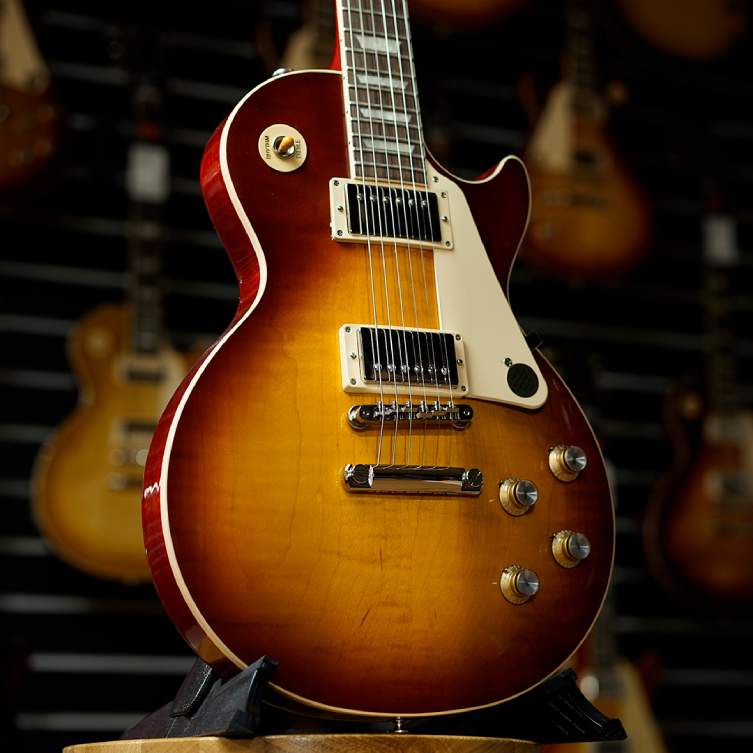
Choosing a 50s or 60s Les Paul Standard
Given the differences outlined above, how do you go about deciding which to go for? Here are my thoughts…
Colours
The part that you can ultimately change is the pickups, so let’s come to them last. This leaves the colour and the neck profile. Now, call me a superficial poser if you like, but I feel that you need to love looking at your guitar or you’ll be less likely to pick it up for a shot. I’d advise against going for one you’re lukewarm about, particularly when Gibson are actively making these things right now: there’s sure to be one soon that you’ll love.
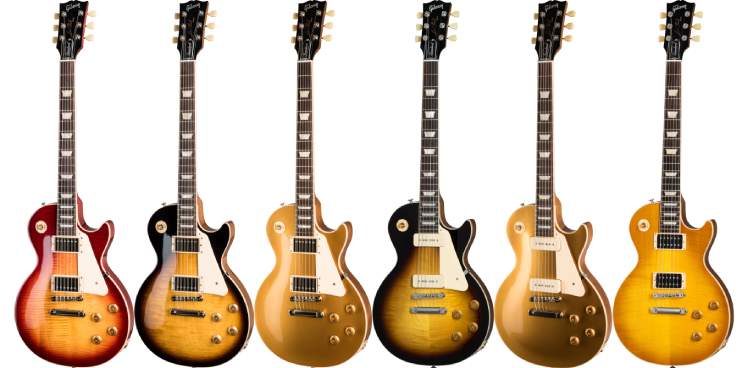
(Gibson Original Collection 50s Les Pauls, from left: Heritage Cherry Sunburst, Tobacco Burst, Goldtop, Tobacco Burst P90, Goldtop P90. Faded Vintage Honey Burst)
We photograph each of our Standards individually so that you get the EXACT top that you see and love on our site: we don’t keep the same 5 year old image of some belter of a Les Paul, only to send you one that looks nothing like it.
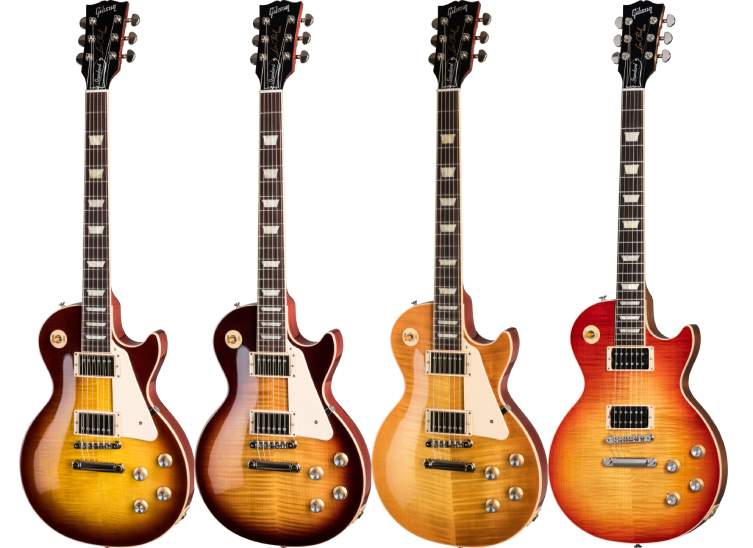
(Gibson Original Collection 60s Les Pauls, from left: Iced Tea, Bourbon Burst, Unburst and Faded Vintage Cherry Burst)
Neck Profile
Okay, next is the neck profile. Now, why didn’t I mention that sooner? Is that not much more important than the colour? Well, yes and no. It depends hugely on how you get on with them as a player, and I’ve found that I actually don’t have a preference between the 50s necks and the 60s ones. Both are great, and on certain days I appreciate the extra heft of the 50s neck, whilst on other days I think that there’s nothing better than the 60s Slim Taper neck.
You may be different from me in this respect, and therefore you should of course aim your sights towards the neck carve you prefer and go from there, choosing the colours from those available to that model. But if you are like me and can get on with both, then why not go for the one that looks the most incredible to you? It’s a given that you’ll like playing it!

Pickups
Lastly, there’s the slight difference in the pickup model. In all honesty, there are so many factors that make up your sound, it’s a bit unfair to bring them all back to the pickups alone. That said, the 60s Buckers are a little brighter, compared with the warmer Burst Bucker 1 & 2 models on the 50s Les Paul. So it comes down to this: do you want a brighter or warmer sound from your Les Paul?
It also comes down to this: are you plugging into a bright sounding amp? Think about that. Personally, I think it’s easier to take the brightness out of a tone than to add it, and I feel like Les Pauls can always do with a little more top end. You might agree. You might not! But how you feel about that will influence which model works better for you. And, as I implied earlier, if you love the look and feel of a particular guitar, there is always the option of swapping out the pickups later on, as great as the Gibson buckers are. You can’t swap out the necks!
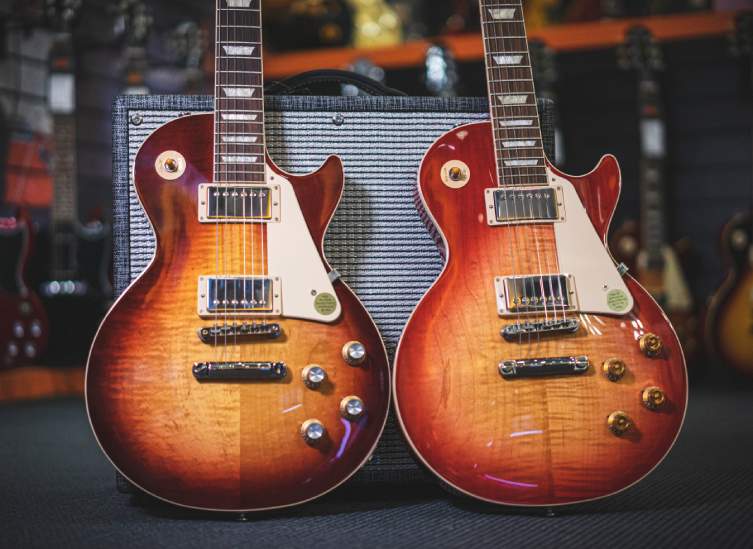
Today’s Les Pauls
So, I think we’ve covered most of everything we need to about the decade-differences of the Gibson Les Paul Standard. Has it helped you understand the guitar a little more? Maybe sorted out some of your feelings about the different models? I hope so.
I’ll leave you with this. Having played actual vintage Les Pauls, Murphy Lab Custom Shop Les Pauls, loads of ‘normal’ Les Paul Standards and a great deal of ‘single cut’ guitars from other manufacturers, I can quite honestly say that the guitars in the Gibson Original Collection right now are superb: from a playing point of view, a beauty point of view and from a value point of view. Compare the current prices to guitars from LTD, Schecter and Epiphone and you’ll hopefully see what I mean. Now is a GREAT time to make that Les Paul dream come true, and the top dollar examples - whilst excellent and lovely - are not a million miles better than those in the Original Collection. Play a selection and find out for yourself!
Click to View our Selection of Gibson Les Paul Standards





